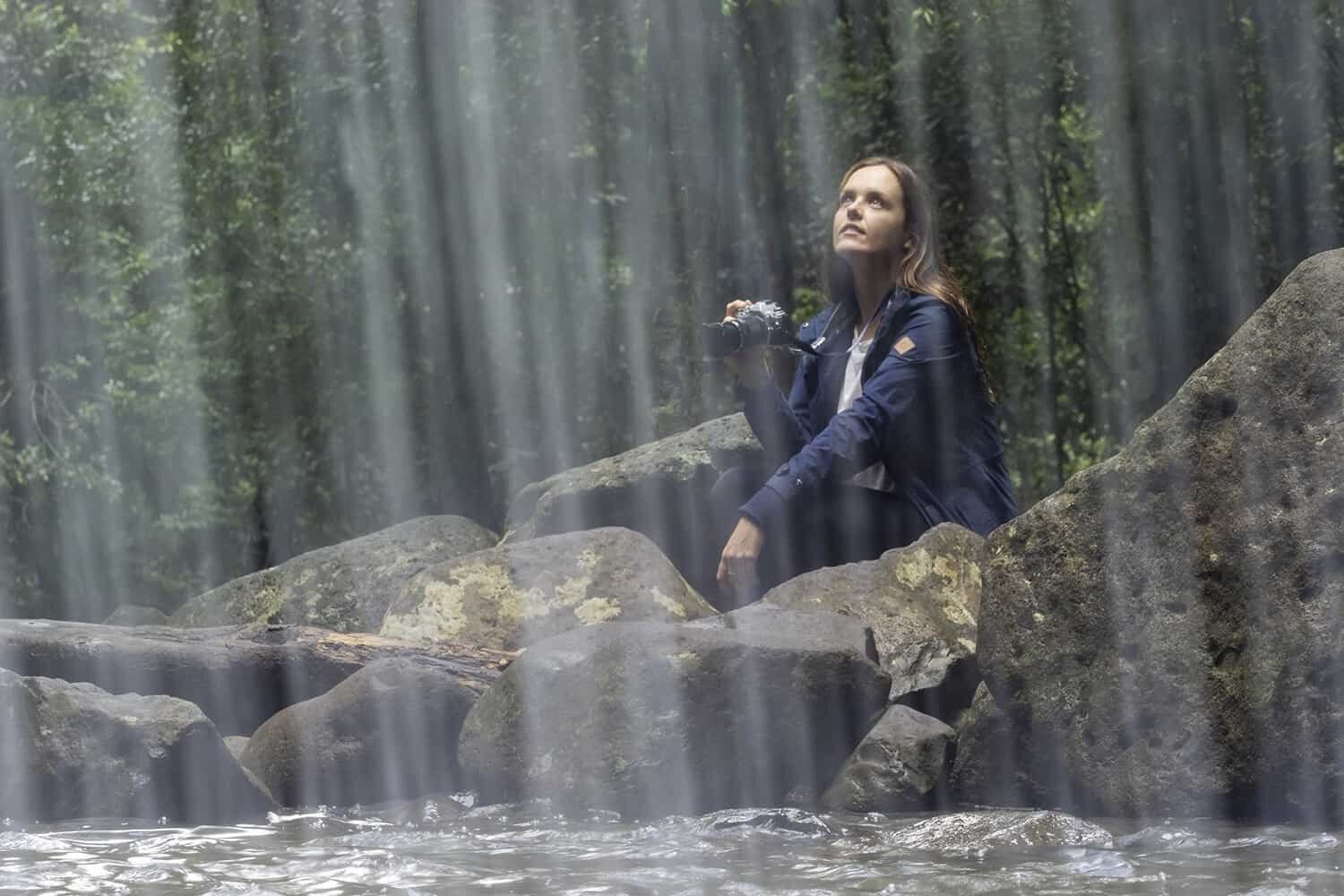
Musings + unpopular opinions related to photography
I’m not sure about you but I love reading or hearing about unpopular opinions. There’s even an entire radio show dedicated to it in the UK and the stuff people chat about is hilarious, heck even the jingle for it is great.
From the good old ‘I love pineapple on pizza’ to ‘Beyonce is overrated’ or ‘Cats are more human than dogs’, hearing people debate these statements among other more precise or considered thoughts is something I find totally amusing. If there’s a podcast about it, someone let me know.
Anyway, most people read my site because of an interest in photography so I thought I’d steer things in that direction for an article all about unpopular opinions, even though chatting about how much better dogs are than cats could’ve equally been a good use of time. Because a lot of photographers work for themselves or want to uphold an element of mystery about how they work, there can be a lot of unwritten rules that become common opinions. I wanted to share some thoughts I have on settings, social media and studying photography just to help those who are maybe feeling like they’re on the unpopular side of the topic feel at ease.
So here it goes, don’t DM me to debate but please comment if you wish haha.
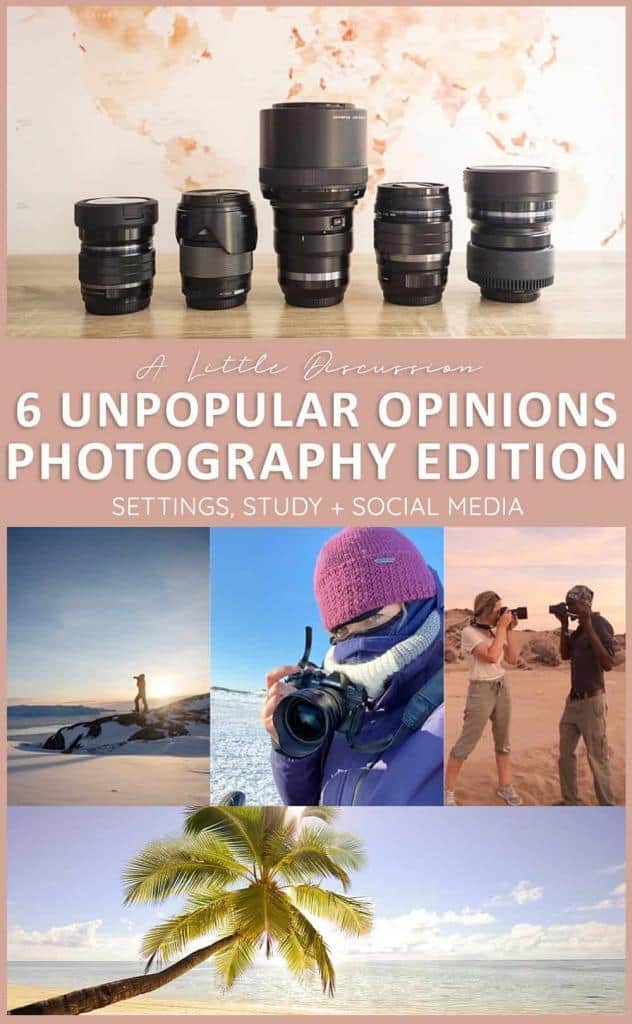
#1 To work professionally you don’t need to use manual mode.
Yikes, I can hear some professional photographers shrieking at the screen right now but I’m sticking with this one because I’m a big believer that creative vision and working on how you compose photographs is more important than what mode you use. Personally, I started out in program mode and never really used auto mode because I always wanted some element of control…even on my little 4MP digital camera back in 2003. Cameras nowadays however have so much intelligence that I would probably trust their automatic modes, the only issue I have is that sometimes they select higher ISO’s than are ever necessary which results in more noise. Now though, even after 16 years of working as a professional photographer I’m far more comfortable and efficient shooting in aperture mode. You can read more about this here.
Manual mode has so many connotations associated with it. I’ve taught a lot of photographers who feel completely inadequate because they don’t use manual mode and feel like maybe they can’t work professionally until they learn it thoroughly. It’s NOT true, you need to find a creative process that works for you and if you’re getting stuck on manual mode, take it back a step, work on aperture and develop your work that way first.
Now of course you need to know the basics of photography; ISO, Shutter Speed and Aperture (take a peek at my free Setting the Scene guides) however some photographers, like myself, find these far easier to access via aperture mode than manual. Photography is about working with light, your subjects, composition and creativity; if shooting on manual mode is holding you back, don’t feel bad. Take the time to challenge yourself over time but don’t let it restrict you from chasing your dreams to work as a photographer or even to master the art of photography.
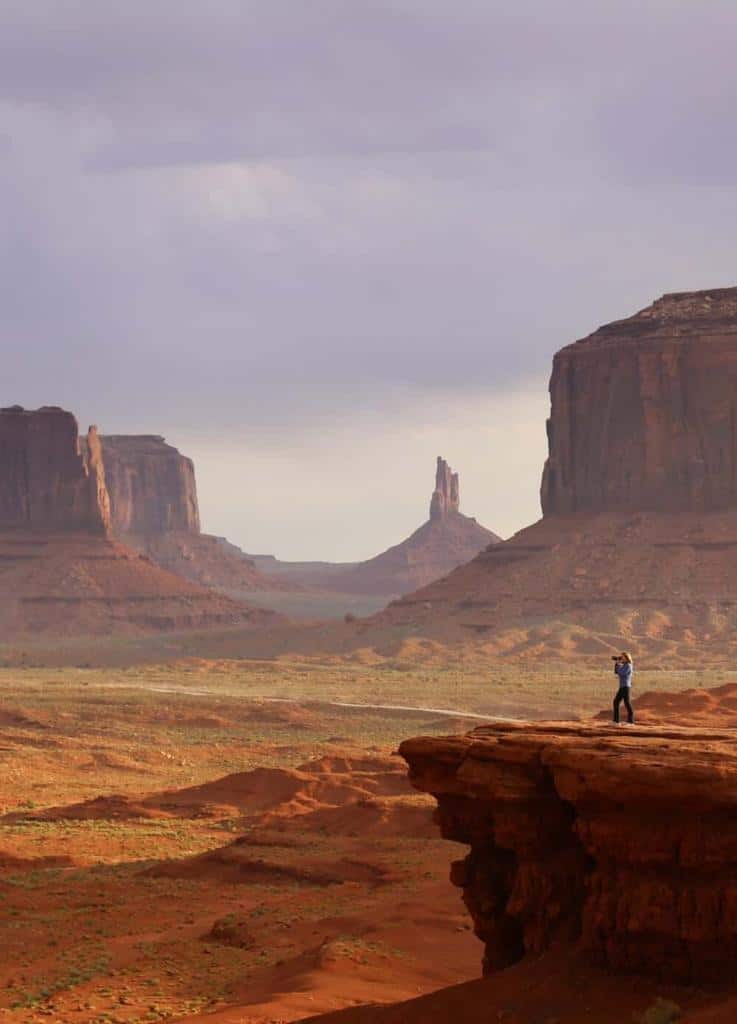
#2 You don’t need a big Instagram following to succeed as a photographer.
This is an unpopular opinion that’s slowly starting to gather some backing as social media transitions into content fueled machines we can’t really control. Actually, have we ever been able to control it? No.
As photographers we can get stuck in ‘gallery mode’, wanting the world to see our best work and a quick bunch of likes or comments on social media is the quickest way to get feedback or feel good about ourselves. But is it feedback that will funnel into ongoing work or sales one day? Probably not. If however you want to forge a career as an influencer then yes, Instagram is an important avenue to develop.
The dream is of course that we will share a photo on social media and someone will notice our images then reach out to offer the dream project. I don’t want to burst any balloons but this is really, really rare and while having a social presence is important because it helps people see your personality and create a brand for yourself, there are other ways to go about succeeding as a photographer or at least creating more longevity in the industry. I’ll be sharing ways to generate side income streams in my Creative Photography Course along with ways to incorporate social media strategies but some quick things to focus on if you want to work in the industry are:
- Develop a niche, don’t try to cover all bases, find what it is you’re really passionate about, good at AND can provide a professional service with!
- Create your own website, having complete control over what you share and implementing SEO strategies is one of the BEST ways to grow your photography business without social media.
- Research ways to work as a photographer, you’ll be surprised at how many opportunities exist outside social media.
If you’d like to read more, I’ve written an article about ‘The Power of Instagram and how it’s changing photography‘.
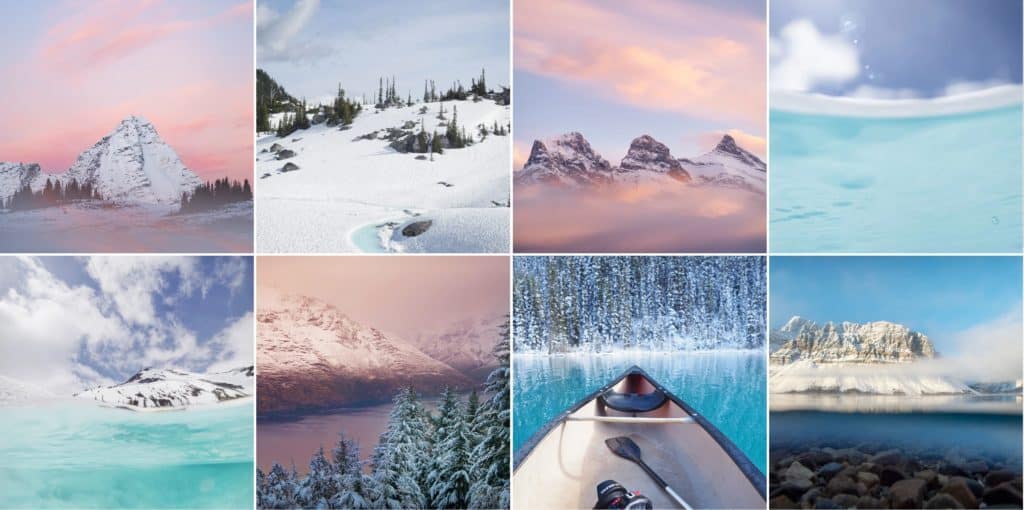
#3 It’s not all about the gear you have.
This is along the lines of being in the right place at the right time. If you’re standing somewhere and the sky is erupting with beautiful colours and the only camera you have with you is on your iPhone? Then this is what you need to use. Sometimes you won’t have the best gear with you and that’s totally fine, you can create magic with almost any camera available to purchase today, it’s all about how you use it to your advantage. Photography should be as much about the moment as it is about the outcome!
As an Olympus Visionary, I’m lucky enough to have access to their incredible camera gear and lenses (read What’s in My Bag here) but even still, I find myself usually choosing one camera and one lens to shoot with more often than not, maybe two lenses for versatility (the 12-40mm + 40-150mm for those interested!). I’ve never been someone to lug around a bag full of accessories, filters, lenses or even a tripod. Keeping it simple is how I work best, I’m instead inspired by the scenes and surroundings rather than some fancy new gadget everyone is talking about. Others might find they work better if they’re hyped up by new gear and that’s also totally fine!
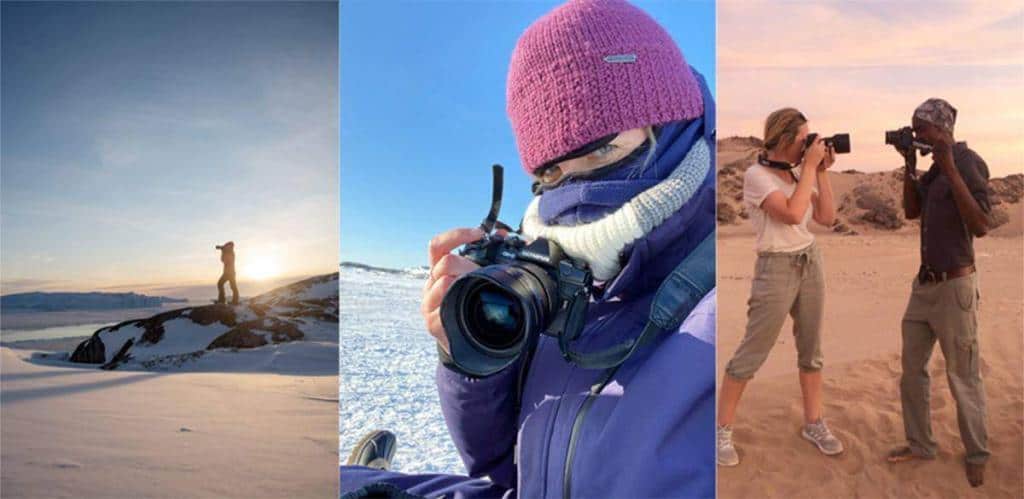
Having gear that aids your creative ideas is VERY handy. The main reason I ditched my Nikon D800 bodies, which at the time were ranked as one of the best cameras you could have, is because they were too heavy. A lot of people questioned why I changed to mirrorless but I never hesitated because the cameras were lighter, tougher and allowed me to get out amongst the elements to capture images, ticking all of my boxes.
Finding gear that works for you is the most important thing rather than what everyone else is using!
Also someone shared via Instagram the unpopular opinion that ‘iPhone photos are pretty good’ and I wanted to chat further about that. They are, it’s a fact that cameras in phones are only getting better with each new release, of which there always seems to be something new!? I loved my iPhone 7 until earlier this year and now I feel like I’m photographing with a tiny little spaceship with the 11 in comparison. When it comes to the phone vs camera issue there will always be some limitations surrounding printing and professional quality. As of right now, you can’t get the same overall professional quality but for everyday photos, a phone will still be a great choice if you don’t have a camera on hand!
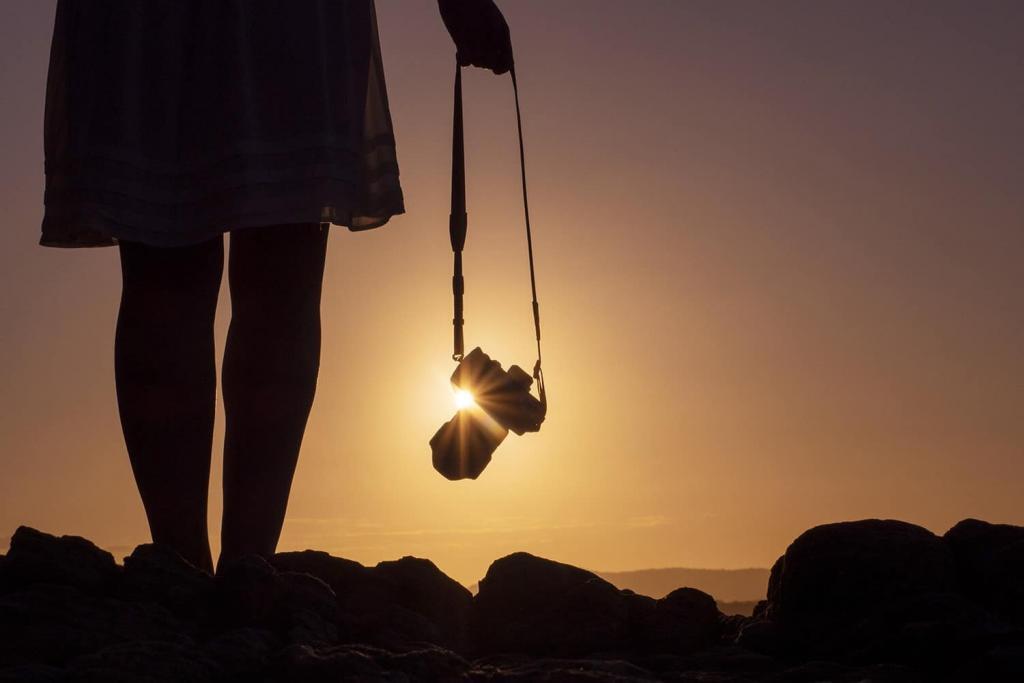
#4 You don’t need to visit somewhere amazing to take great photos, you can take them at home.
I love an exotic location as much as the next person but sometimes we can’t travel, hello 2020. Instead, becoming more comfortable working what surrounds us, local parks, landscapes or even objects found within our homes can still generate beautiful work.
Erin Sullivan is an outdoor photographer who changed her entire creative process around to make teeny tiny outdoor scenes inside using crafty items and some serious creative brainpower. Her work with ‘The Great Indoors‘ is just one of many examples of how you really can produce amazing photos at home, it just requires an idea to get started.
Finding what you love to photograph can be as simple as having your camera with you around the house and taking photos of whatever catches your eye. It might be shadows and patterns created by light filtering through the window, or maybe you’re lucky enough to have a furry friend beside you who will never refuse a photo opportunity! Spending more time at home with your camera is a great way to become more comfortable with your gear so that when you do take an exotic holiday, you’re ready to hit the ground running.
Even getting outside and exploring locations close to home can be a great way to pair your love of photography with really seeing how much beauty exists nearby. I know I’m not alone in being someone who dreams of far away places but if this year has taught me anything, it’s that there are beautiful places hiding closer than we think.
Read more – How to Improve your Photography at Home
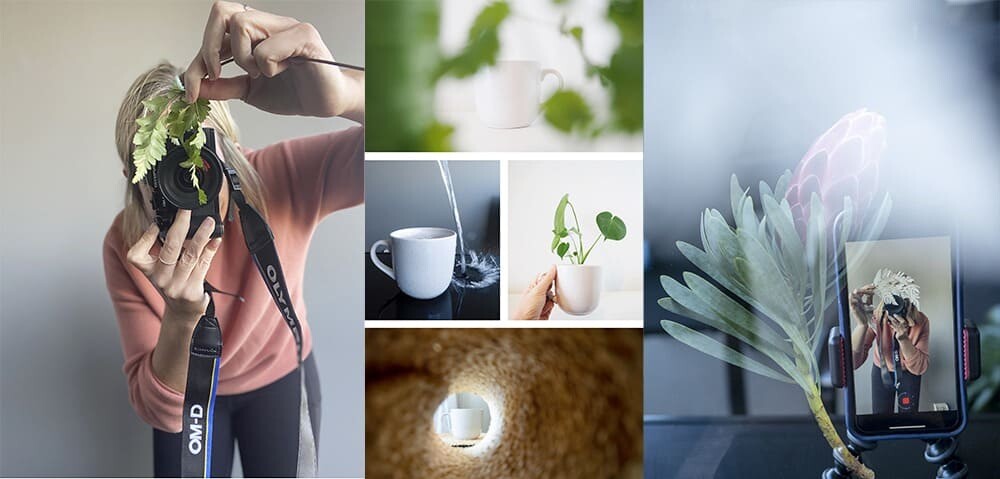
#5 You don’t need to study photography.
Now this unpopular opinion is purely because of my own career path with photography. Everyone learns differently so if you’re someone who needs a textbook and in person classes for the information to sink in, then go for it. I personally find that a real struggle and even had to study my journalism degree externally while working as a full-time journalist in order to stay motivated haha.
Because photography is such a creative outlet, you’ll find there are so many people working as full-time photographers that don’t have any formal qualifications. There is no rule book that says we have to, there is no one who checks if we know every single aspect of the art (confession: put me in a studio and I’d be pretty lost!), instead we can learn in whatever way we want in order to produce professional outcomes for ourselves or clients.
Some people will pick up a camera and be naturally talented, others need to work on their creative vision and really develop the skills to see the possibilities within a scene. There’s no wrong or right way to approach learning photography and even after 16 years in the industry working across multiple genres, I’m still learning which is what makes being a photographer so damn fun. Your creativity will be continually progressing, technology is only getting better, opportunities are more vast and there are so many ways we can learn, create and share our work these days that really, we just need to get started and pick up a camera!
Speaking of studying, my new Creative Photography Course is starting on December 1st, subtle plug. Because I don’t like to study in the traditional sense, this course is all about flexible learning so you can work through the creative challenges and workbooks in a way that suits you. You can read about the FAQs here.
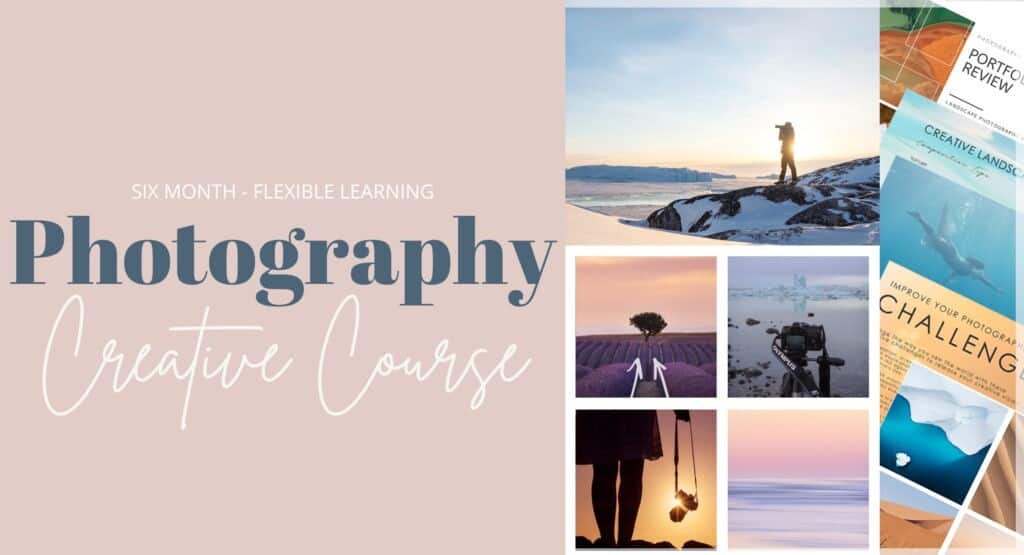
#6 You need to learn how to create your own presets rather than just buy presets from creators you love.
Something I’ve noticed a lot lately is just how many photographers are selling presets. It’s a lot, right? I was completely hesitant to release any myself because I’ve always thought that it’s important for photographers to develop their own editing style BEFORE using presets.
Now, if you’ve been following me for a while you’ll probably be saying ‘ah, but don’t you sell presets!?’. Earlier this year I released a Pastel Preset Collection after many, many messages from people wanting to know how I get the pastel tones in my images. It took a lot of time for me to be comfortable with selling these presets because not only did I worry it would create a lot of similar looking photos online, but I find presets can make people lazy when it comes to editing. Like a one-click wonder that does all the work for you.

That said, they can also teach you how to edit. That’s a twist you didn’t see coming right!? You can read more about the process of creating your own pastel tones in Lightroom and Photoshop here. When people open my presets it shows the workings of how they were created in the develop mode of Lightroom, enabling photographers insight into what goes into achieving the intended results. I like to think that once people have seen how you can do it, they’ll create their own because really, who wants their photos to look exactly like someone else? If you’re aiming to work in the industry, the goal is to stand out, to offer something unique to future clients so they’ll book you for a job!
Creating your own presets can help with workflow, if you’ve got a bunch of images from the same scene that you want the same editing style for, having some simple presets that do this automatically for you will speed things up. They’re great for ensuring consistency across your work too!
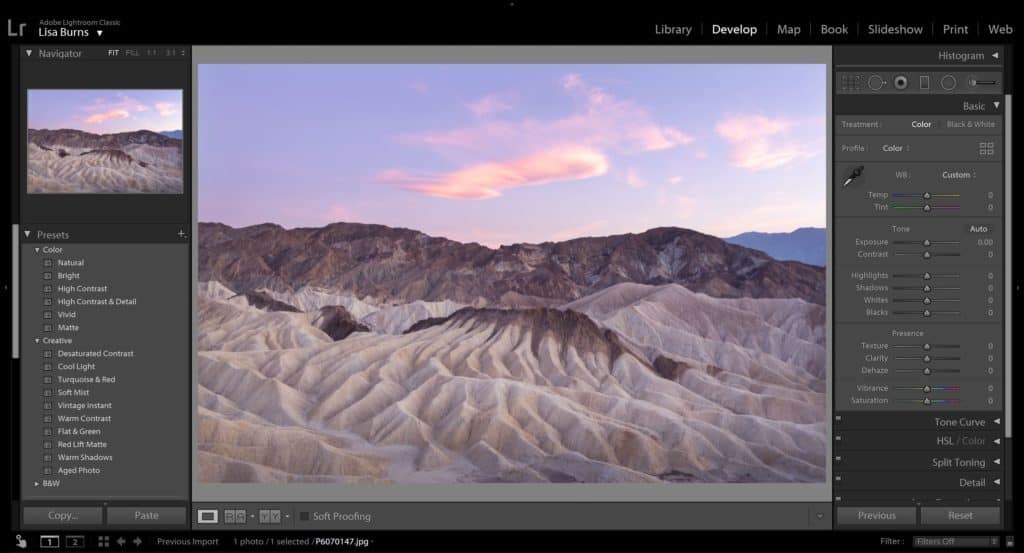
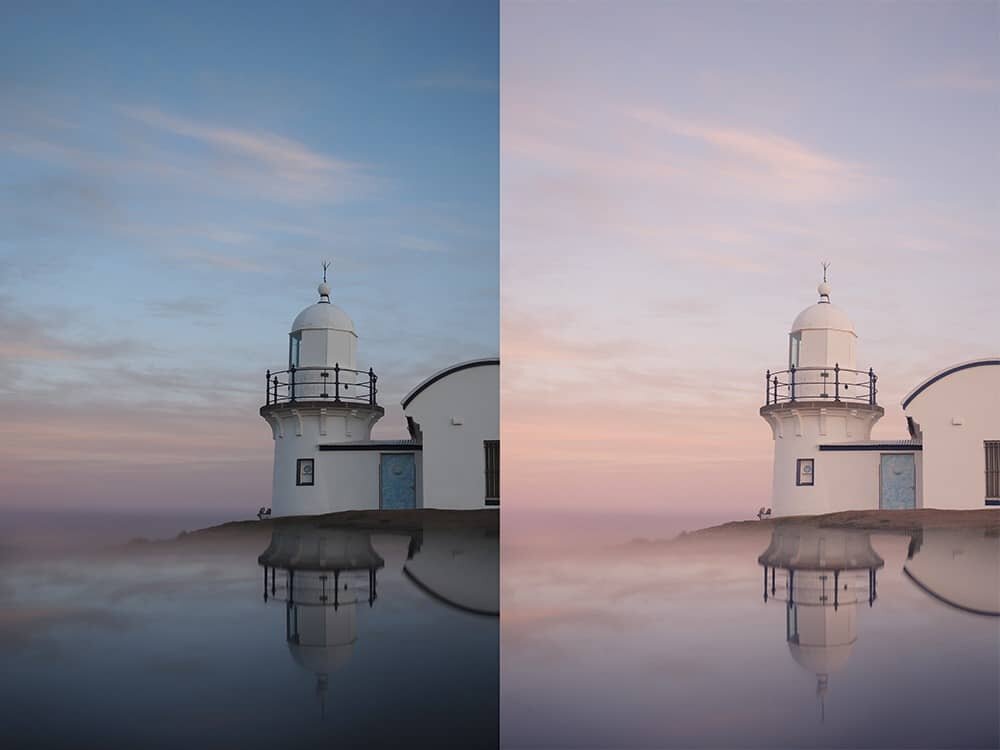
Oh and one final one…Photoshop is better and easier to use than Lightroom. Ha!
I know very well this is a personal choice but was so blown away when I did a survey recently that showed more than 90% of my followers (the ones who answered the poll) preferred Lightroom. Bonkers, but also good to know for future articles!
Thanks for reading, next time I’ll maybe add some random non-photography opinions too!?

Hello! I’m the founder and photographer behind The Wandering Lens.
With 19+yrs experience as a professional travel and landscape photographer, all advice found on this site is from my personal experience, or that of contributors, on the road. I hope it’s useful for your own travels and would love to hear in the comments about your trips and experiences around the world.

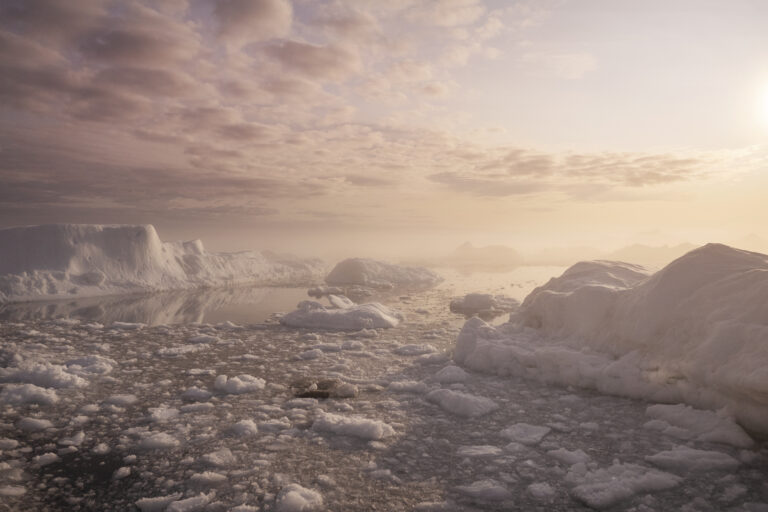
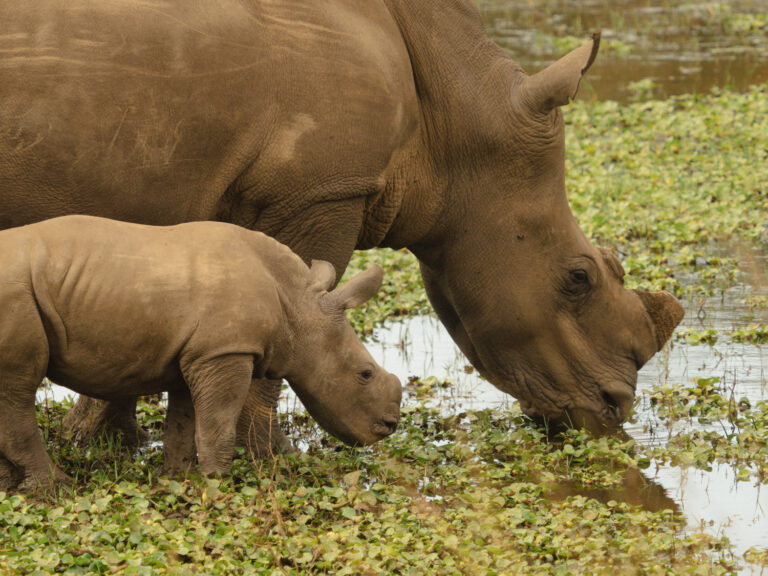
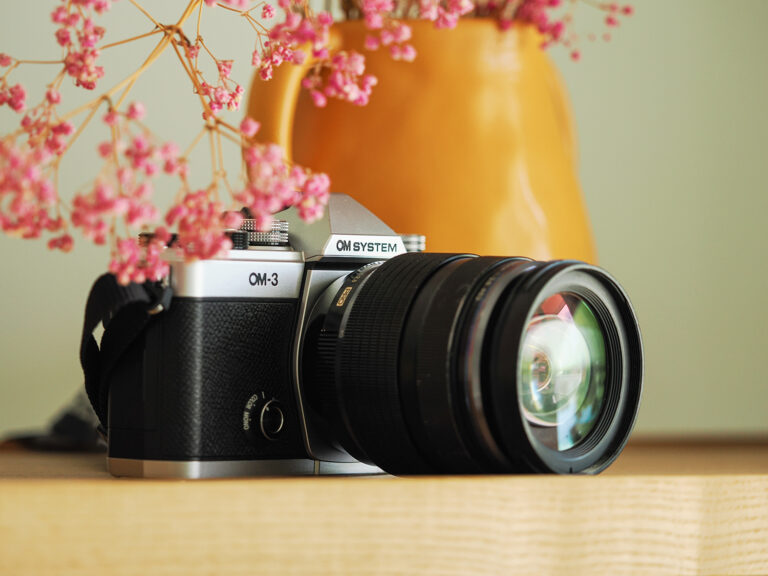
Blog Comments
Ross Alexander
December 17, 2020 at 10:29 pm
For ages I always used aperture priority. I was always scared of manual. In my mind I thought you had to somehow instinctively know what the manual settings should be and if you didn’t you weren’t a true pro!
Through frustration though I virtually stopped using aperture priority altogether. The camera would see a black suit and massively overexpose the image, or someone was backlit and the image would be hugely underexposed. I tried the whole locking the exposure and recomposing malarky, but that just adds complexity and still doesn’t always give completely predictable results.
Now I just tend to take a test shot and adjust, then go to manual. If the light is changing I’ll probably adjust the settings by guess and check now and again.
Well that guessing was until I went mirrorless and now I don’t need to guess anymore as I can see what I will get before I click the shutter! Much of the headache has been removed from photography now. This does mean a lower barrier for entry for new people getting into a photography business (so more competition), but it also means we can concentrate more on composition rather than faffing with settings and missing shots!
Lisa Michele Burns
January 3, 2021 at 12:40 pm
Thanks for sharing Ross, a great approach to getting comfortable with manual mode! I’m in the same boat and love being able to see the result before clicking the shutter with mirrorless, having that extra headspace for composition is so valuable!
Mark Hoffman
January 9, 2021 at 1:43 pm
One of greatest advantages of mirrorless, Olympus in particular, is that you can set the exposure by what you seen in the viewfinder/LCD because it is the product of the speed, f-stop and override set. And with the on-screen histogram as well then you can’t go wrong.
Carla Sanchez
May 5, 2021 at 6:54 pm
For me, you don’t need to visit somewhere amazing to take great photos is true. Why? Simply because photography is an art. Let the photo connects you in the world. Being in this industry, I learn that it’s not just a flat photo but it’s all about how can I connect myself to the photo and what can I learn from it.